The harsh reality of an imminent disaster is difficult to comprehend for many, and they have a hard time accepting what is unfolding in front of their eyes.
When a disaster occurs, and regular folks are ordered to evacuate, some will defy the orders and choose to stay at home. These are the people you see in the grim statistics, in the aftermath of the disaster.
In the prepping community, the topics of bugging in or bugging out are constantly challenged. However, after many years, I consider that people are better off learning when to evacuate rather than making a costly mistake.
In general, when a natural disaster occurs, bugging out may be the only logical and proper decision you can make since it is the only thing that can help you survive. However, it is also important to understand that hitting the road may be just as dangerous as staying home. The risks you may face on the road could be greater than the ones you would face if staying put.
If you have advanced warning that things are going from bad to worse, you shouldn’t hesitate and start moving. If the local authorities are telling people to evacuate, there’s no point wasting precious time arguing about their reasons to act in such a manner.
Use your common sense
Let’s discuss a hurricane warning and see how common sense can help us. During such a survival scenario, you have enough time to act, long before the hurricane makes landfall. Even more, if your governor and all the local authorities are telling people to evacuate, there’s pretty much a solid reason behind their actions.
You see your neighbors evacuating and pretty much everyone around you doing the same. What’s there to think about it? If you see everyone “heading for the hills,” that’s usually the only good indicator that you should do the same.
As for wildfires, we saw last year how much damage and grief they have caused, and that not acting in time can lead to irreparable damages. A wildfire is an impending disaster that needs to be constantly monitored, and oftentimes, it develops much faster than most people can act. Even worse is the fact that some people won’t act unless they see the flames.
However, such a natural disaster involves a degree of warning, and it dictates the only path folks should follow. Even more, you can put all the info together, and you can reason for yourself if the situation is escalating or not. While you may not have the same time frame as for hurricanes, signs may be telling you where the fire is headed and if you’re in danger or not.
The above examples are of common nature, and such natural disasters can be easily recognized as dangerous, life-threatening situations. This is where common sense plays an important role in your survival, and you should follow your instinct before it’s too late.
Spot the red flags
Not all emergency situations are straightforward as natural disasters, and some will require you to figure out and put all the pieces of the puzzle together. If you can spot the red flags in time, you have much more time to act compared to all the other folks.
Preppers and survivalists have learned that getting out of town ahead of the crowd is the smarter thing to do when SHTF. It’s much safer to do so, and you will avoid ending up in a traffic jam or being forced to travel at “snail speed” with all the other vehicles packed on the highway. Read the signs and have your bug out vehicle ready to move.
For example, a clear red flag is the inability of emergency services to take any more calls or long answering times. This may be worrisome for the common people, but peppers should know not to end up at that point. Even if you are an experienced prepper, there may still be times when you need outside help. Many medical emergencies can only be handled by EMTs and other specialized personnel.
If you call 911 and nobody is picking up, or this takes too long for someone to pick up the phone on the other side of the line, it is time to move. Make the smart decision and move to safety, to a place where your emergency calls can be answered.
Seeing that items are going out of stock and shelves are no longer being filled, is another red flag. When supplies trucks are late, and they are no longer able to keep up with their delivery schedule, there’s clearly something going on. It may be that the supply chain got broken, or the resources are simply not enough to go around.
When panic buying sets in, before a storm, we can all see the outcome. Imagine what will occur when all the people around you start acknowledging that their grocery stores will remain empty for weeks. The situation will lead to looting, riots, and all sorts of “unpleasant” social interactions. Desperate people end up making bad decisions. If the word gets around that you have supplies, you may become a target.
The problem in such a situation becomes the ego of the prepper. Many are saying that they have enough firepower to defend what’s theirs, and in some cases, it may be true. However, people are so spiteful that they will end up burning your house to the ground with you in it if they can get what they came for.
How about you take some of the provisions with you and avoid risking your life for a few cans of beans?
Besides the above red flags, there is a common one, right in front of your eyes. Not having enough supplies to sustain life is perhaps the most basic reason to evacuate. You might have everything planned, but if you just had a bad year (unemployment, crippling debt, etc.), you were probably forced to already use some, if not, most of your supplies.
When the SHTF and reality sets in, then it’s time to move and relocate to a safer place.
A never-ending road
Not having a destination planned and just wandering around will make you a domestic refugee. Sure, you will be a well-prepared refugee inside your own country, but sooner or later, you will become a target.
Plan ahead before it hits the fan and decide where you should go. You can go to friends or family, you can go to a cheap motel, and you can even go to a national park that may become your temporary home. It’s always a good idea to have different options to choose from, and when picking such options, you should consider both direction of travel and distance, but also the time needed to get there.
In general, natural disasters are local, and people affected by them have to travel quite a lot to be outside the danger zone. Most of them will skip to the next town while others will go even further. A safe bet would be to consider and plan for locations that are 50 to 100 miles, and even further.
When you settle on a certain destination, make sure you calculate the distance you need to cover based on your vehicle’s fuel efficiency. Do you know how far your fully-loaded car can take you with just a single tank of gas?
You should know that an average car can cover roughly 150 to 200 miles with only half a gas tank. You may be wondering, why just half a tank? Well, the reality is that most disasters won’t strike just when you finished fueling up your car, and few people have extra fuel on hand.
We also have to mention here that most people out there will use their family car to escape the disaster. In fact, that’s the only option for many, and things may not go as planned initially. The car may break down all the occupants will be forced to travel on foot. While some can do it, others won’t have the physical strength and stamina to travel for more than 10 miles. Make sure you take this scenario into account as well.
Don’t be a hoarder and learn to settle
As preppers, we have what many are calling it “hoarder mentality,” and we are classified as hoarders since we stockpile and stockpile some more. The thing with gathering a good amount of supply is the inability to leave it all behind. You’ve worked hard for all of it, and you will probably do whatever you can to take it with you. This is the wrong approach, and you should bring only the essentials.
In 2016, during the Fort McMurray wildfire, some friends that had to evacuate told me what they went through. The thing that surprised me the most is what people took with them when they left in a hurry. Their neighbors took some paintings, two watermelons (yes, you read that right!) a few blankets, and their cat. That was all, no papers, no jewelry, nothing that made sense, or had real value.
If you are forced to evacuate, don’t take with you what you can grab. Plan before it hits the fan and have a bug out bag ready. You have to settle on stuff, and you have to acknowledge from the start that you might not take with you all your paintings, your grandmother’s china collection, and whatever else you hold dear. Make arrangements to protect your stuff now when there is no stress and no rush.
On the road, you should bring only the basics that will keep you and yours alive. Once you make a list with all the basics, consider adding other things such as items needed for rebuilding, valuables, and anything else you may seem fit.
Bring all the important documents you have and take pictures of each room in your house to identify later own the things you owned if your house gets destroyed. People have all sorts of sentimental valuables, and some of them are making all sorts of ingenious arrangements to protect such items. Some are using fire-resistant vaults to store such items while others are making caches in their own yard using metal containers.
Build an evacuation plan
The problem with most Americans, as I see it, is that nobody wants to evacuate, and they refuse to comprehend the need to do so. Some live in denial while others believe that someone or something will take care of them if a natural disaster occurs.
No matter what your personal point of view is, building an evacuation (bug-out) plan and acting on it when the time comes, becomes mandatory in a country that has the most natural disaster occurrence in the world. Decide together with your family, in a meaningful way, how you will make the call to evacuate when you spot the red flags.
Figure out which bug-out locations you can go to and establish how you will get there safely. Always have the bug-out bag ready and make sure the extra stuff you need to take with you is in reach or can be easily found when stress levels are high and time is of the essence.
I advise you to make a “take with me” list to quickly check it when you are forced to evacuate. By doing so, you will make sure you aren’t missing anything of importance, and you won’t panic over forgotten stuff.
I strongly believe that you shouldn’t leave it all to chance when the option of bugging out is an alternative for your family. Knowing in advance how you will handle such a situation will help you control anxiety and fear when the time comes to hit the road.


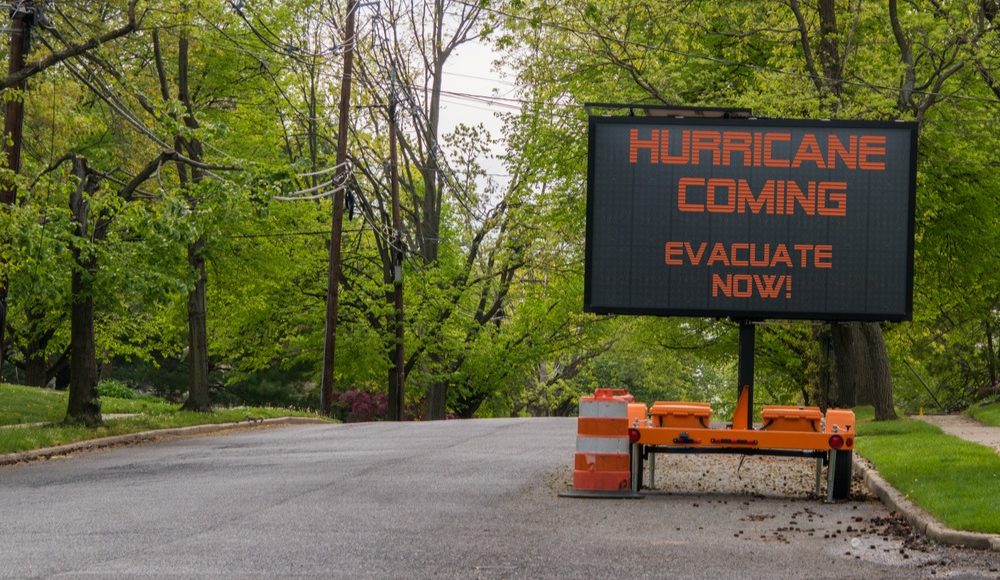

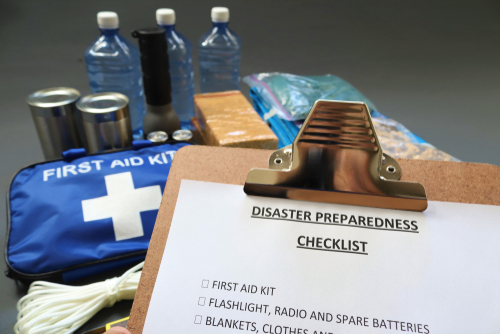
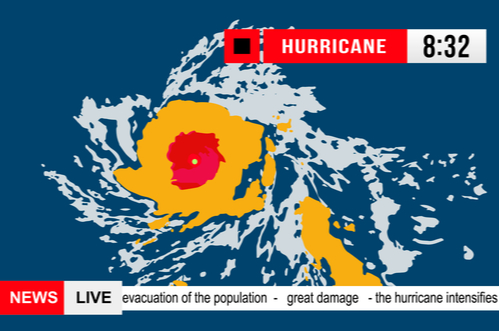
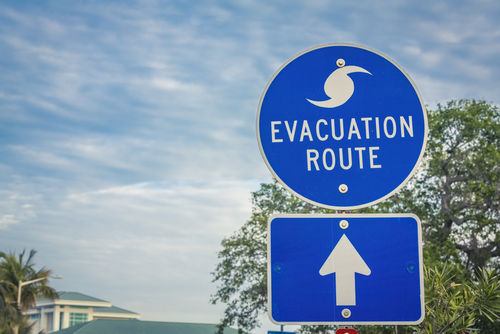
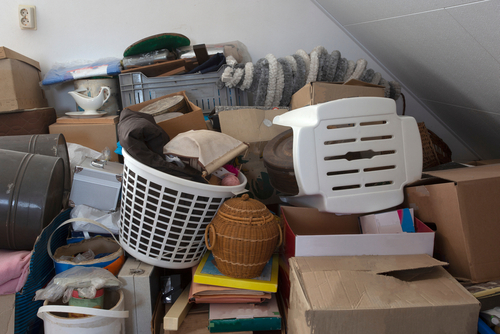


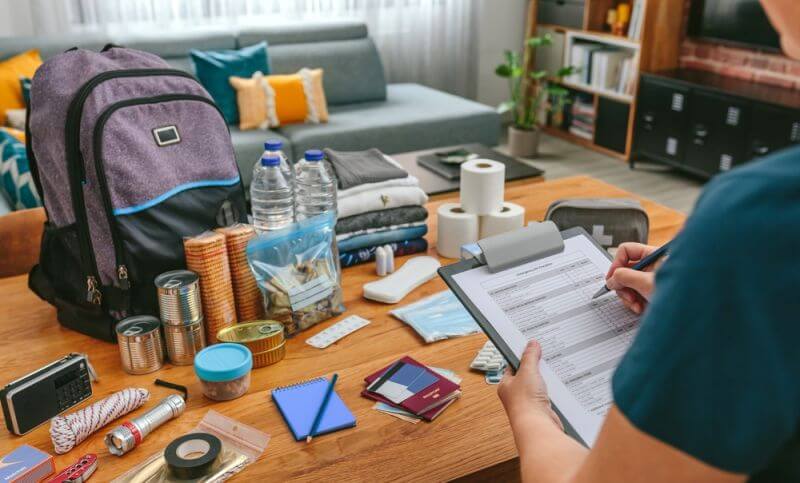
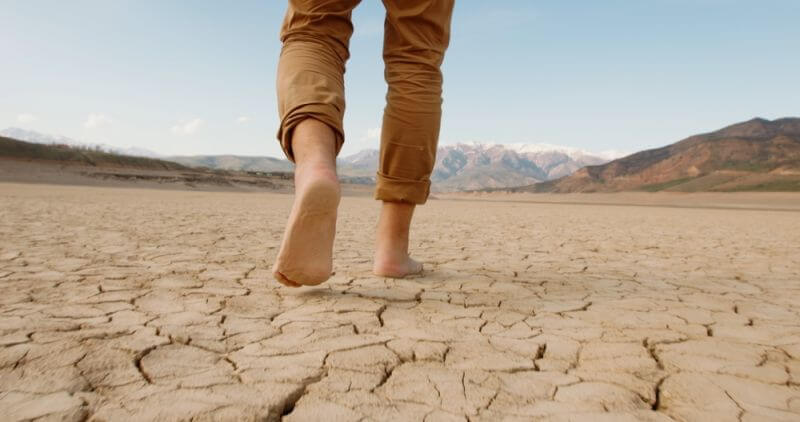
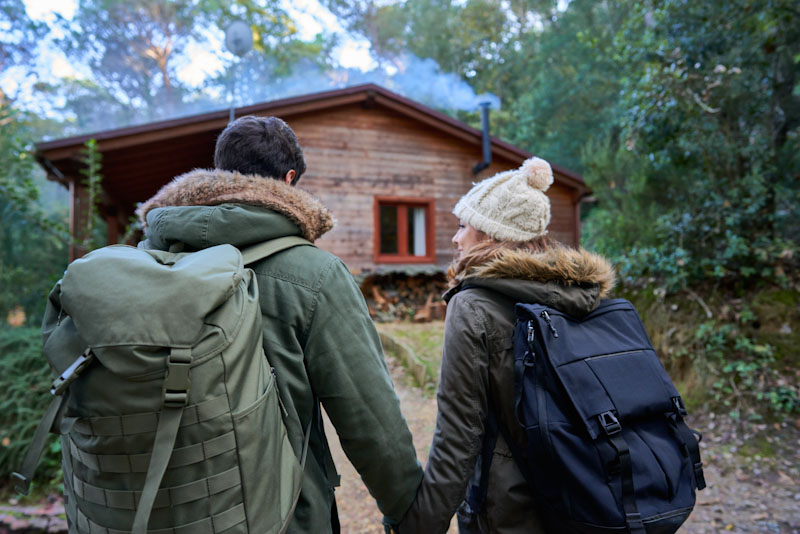

Tom Peterson | September 3, 2020
|
Bob – I think your “Bug Out” advise is spot on. In Colorado one can always tell when a serious snow storm is about to hit, when the grocery stores are getting cleaned out. Also, We were ordered to evacuate during the Waldo Canyon fire, several years ago, in the Colorado Springs area. We made the mistake of waiting until the fire department told us to evacuate. By that time, the roads out of our area were jammed packed. Traffic wasn’t moving slow, it wasn’t moving at all. Finally, an off-duty police officer got out of his car and directed traffic to get us all moving. Also, we were not prepared in advance for such a fast moving and devastating fire. Banks were closed for a while, and we left with our gym bags and a couple of guns. Trust me this has all changed. We keep cash at home, survival items in the truck and several organized totes near the garage door with food water and other essentials. We thought we did some prepping before the fire but we got a whole lot more serious afterwards. It is remarkable how fast real danger can arrive and put one in a situation where bugging out is not optional.
Bill In Idaho | August 15, 2021
|
GOOD STUFF, Bob ! One suggestion that I would like to make – Determine TODAY Exactly where you will be going To. Then determine the precise distance that you must travel (Drive it, Measure it) . Then choose the best route you could take (the Least chance of Blockage) and measure that route. Then choose a second route (No Overlays) as an emergency alternative. Measure that one too.